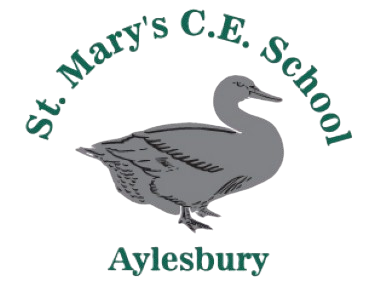Design & Technology
“Design is not just what it looks like and feels like. Design is how it works.”
- Steve Jobs
Intent
Design and technology is an inspiring, rigorous and practical subject. Using creativity and imagination, pupils design and make products that solve real and relevant problems within a variety of contexts, considering their own and others’ needs, wants and values. They acquire a broad range of subject knowledge and draw on disciplines such as mathematics, science, engineering, computing and art. Our curriculum which aims to inspire pupils to be innovative and creative thinkers who have an appreciation for the product design cycle through ideation, creation and evaluation. We want pupils to develop the confidence to take risks, through crafting design, concepts, modelling, and testing and to be reflective learners who evaluate their work and the work of others. Through the scheme of work, we aim to build an awareness of the impact of design and technology in our lives and encourage pupils to become resourceful, enterprising citizens who will have the skills to contribute to future design advancements on our ever-changing world.
Aims
- Develop the creative, technical and practical expertise needed to perform everyday tasks confidently and to participate successfully in an increasingly technological world
- Build and apply a repertoire of knowledge, understanding and skills in order to design and make high-quality prototypes and products for a wide range of users critique, evaluate and test their ideas and products and the work of others
- Understand and apply the principles of nutrition and learn how to cook.
Implementation
Design and Technology is a crucial part of school life and learning and it is for this reason that as a school we are dedicated to the teaching and delivery of a high-quality Design and Technology curriculum. This is implemented through:
• A well thought out, whole school, yearly overview of the DT curriculum which allows for progression across year groups in all areas of DT (textiles, mechanisms, structures, nutrition and electrical systems)
• Well planned and resourced projects providing children with a hands-on and enriching experience
• A range of skills being taught ensuring that children are aware of health and safety issues related to the tasks undertaken
• Teachers being given ownership and flexibility to plan for Design and Technology; often teaching DT as a block of lessons to allow the time needed for the children to be critical, inventive and reflective on their work.
• Each project from Year 1 to Year 6 addressing the principles of designing, making, and evaluating and incorporating relevant technical knowledge and understanding in relevant contexts.
• Pupils being introduced to specific designers, chefs, nutritionists, etc. helping to engender an appreciation of human creativity and achievement and increase the cultural capital from which they can draw in the future
Impact
We measure the impact of our curriculum through the following methods:
- Marking of designs, drawings, evaluations.
- Observing and listening to children working individually and in groups on projects.
- Images and videos of children presenting their designs to different audiences.
- Interviewing the pupils about their learning (pupil voice).
- Learning walks.
The Design and Technology subject leader will continually monitor the impact of Design and technology teaching is having on the children’s learning, through work scrutinies, to ensure the progress of knowledge and skills is being taught. They will also ensure the knowledge taught is retained by the children and continually revisited and that the learners are able to apply the skills they have been taught to a variety of different settings, showing independence with their learning. Impact will also be measured through key questioning skills built into lessons, child-led assessment such as success criteria grids and summative assessments aimed at targeting next steps in learning.




